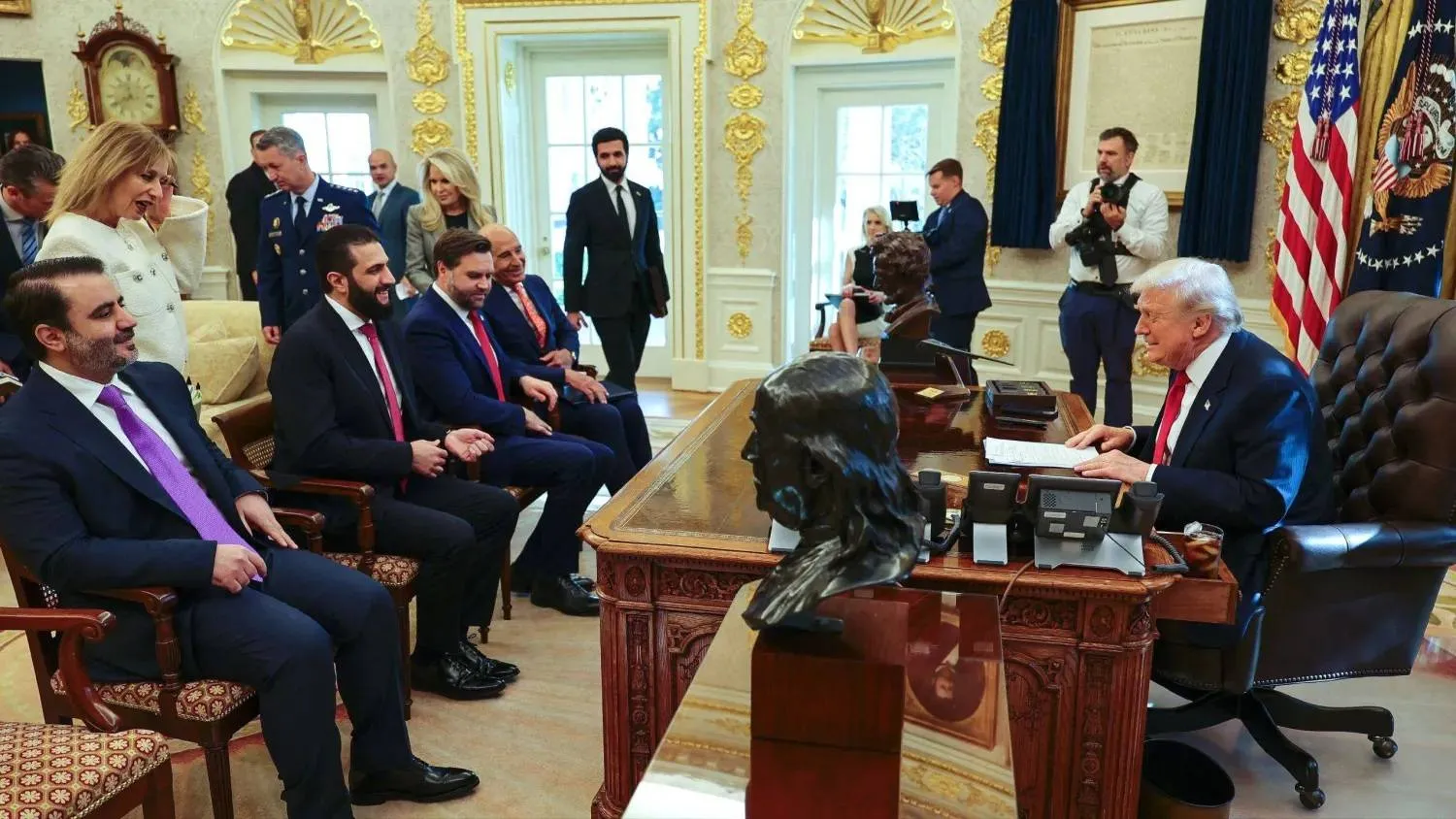Hamas said on Saturday its fighters in Gaza were ready to confront Israeli attacks with "full force" after Israel's military widened its air and ground attacks on the Palestinian enclave.
The Palestinian group said its fighters were clashing with Israeli troops in areas near the border with Israel after Israel reported intensified attacks in Gaza.
By Saturday morning, a cutoff in internet and phone services - which telecoms firms and the Palestinian Red Crescent Society said was a result of Israeli bombardments - had been continuing for more than 12 hours.
"In addition to the attacks carried out in the last few days, ground forces are expanding their operations tonight," Israeli military spokesman Rear Admiral Daniel Hagari said at a televised news briefing on Friday evening, raising the question whether a long-anticipated ground invasion of Gaza might be starting.
He said Israel's air force was conducting extensive strikes on tunnels dug by Hamas and on other infrastructure.
The Israeli military said on Saturday it had killed the head of Hamas' aerial wing, who had helped plan the Oct. 7 attack by the group on Israel's southern towns.
The Israeli Forces said its fighter jets struck Asem Abu Rakaba, head of the Hamas Aerial Array, who was responsible for Hamas' UAVs, drones, paragliders, aerial detection and aerial defense.
The armed wing of Hamas said late on Friday its fighters were clashing with Israeli troops in Gaza's northeastern town of Beit Hanoun and in the central area of Al-Bureij.
"Netanyahu and his defeated army will not be able to achieve any military victory," Hamas said in a statement early on Saturday, referring to the Israeli prime minister, Benjamin Netanyahu.
Israeli ground forces had massed outside Gaza, where Israel has been conducting an intense campaign of aerial bombardment since the Oct. 7 attack. Israel says 1,400 people, mostly civilians, were killed and more than 200 taken hostage, some of them foreign nationals or with dual Israeli nationality.
Since then, Palestinian health authorities say, Israeli bombing has killed more than 7,000 Palestinians, Reuters reported.
Al Jazeera, which was broadcasting live footage overnight showing frequent blasts in Gaza, said Israeli air strikes had hit areas around the enclave's main hospital.
On Friday, the United Nations General Assembly overwhelmingly backed a resolution drafted by Arab states calling for an immediate humanitarian truce and demanded aid access to Gaza and protection of civilians.
While not binding, the resolution carries political weight, reflecting the global mood. It passed to a round of applause with 121 votes in favor, while 44 abstained and 14 - including Israel and the United States - voted no.
In New York late on Friday, hundreds of protesters demanding a ceasefire in the conflict forced officials to close Grand Central Terminal, one of the city's major transit hubs, the Metropolitan Transportation Authority said.
The demonstration was organized by a group called Jewish Voice for Peace.
After Israel announced a step-up in operations, White House national security spokesperson John Kirby said the US supported a pause in Israeli military activity in Gaza to get humanitarian aid, fuel and electricity to civilians there.
Kirby would not comment on the expanded ground operation. But he said Washington supported Israel's right to defend itself and added: "We're not drawing red lines for Israel."
He said that if getting more than 200 hostages abducted by Hamas out of Gaza required a localized temporary pause, the US supported that.
US Defense Secretary Lloyd Austin, in a call with Israeli Defense Minister Yoav Gallant, "underscored the importance of protecting civilians" during operations in Gaza, the Pentagon said on Friday.
- 'BLACKED OUT'
In a live satellite TV broadcast from Gaza on Saturday morning, an Al Jazeera correspondent described the cut in internet and phone communications as "catastrophic" for rescue efforts following a night of heavy Israeli bombardment.
Unable to reach ambulance services, Palestinians were transporting the dead and injured to hospital in their cars, the correspondent said.
"Gaza is currently blacked out," said Paltel, the largest telecommunications provider in Gaza.
The Red Crescent Society said it had lost contact with its Gaza operations room and its teams operating there. The Hamas-run government said rescue crews were unable to receive emergency calls.
Medecins Sans Frontieres (Doctors Without Borders) said it had been unable to reach some Palestinian colleagues and that it was particularly worried for "patients, medical staff and thousands of families taking shelter at Al Shifa hospital and other health facilities."
The head of the UN Children's Fund UNICEF, Catherine Russell, said her agency too could no longer communicate with staff in Gaza.
Mark Regev, an adviser to Israeli Prime Minister Benjamin Netanyahu, told MSNBC that Israel was starting its payback against Hamas and "Gaza will feel our wrath tonight."
"They will continue to be on the receiving end of our military blows until we have dismantled their military machine and dissolve their political structure in Gaza," he told Fox News. "When this is over, Gaza will be very different."
Concerns about a risk of a wider Middle East conflict have risen in recent days with the US dispatching more military assets to the region as Israel pummelled targets in Gaza and Hamas supporters in Lebanon and Syria.
Much of the infrastructure of Gaza, which has been living under blockade has been shattered by Israeli bombing.
Palestinians said they received renewed Israeli military warnings to move from Gaza's north to the south to avoid the deadliest theater of the war.
Making the journey south remains highly risky amid air strikes and southern areas have also been bombed, Gaza residents said.
Many families have refused to leave, fearing a repeat of the experience of previous wars with Israel when Palestinians who left their homes and land were never able to return.









